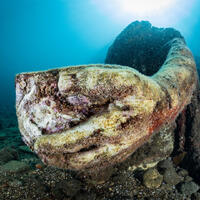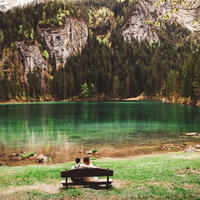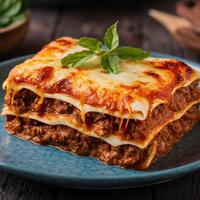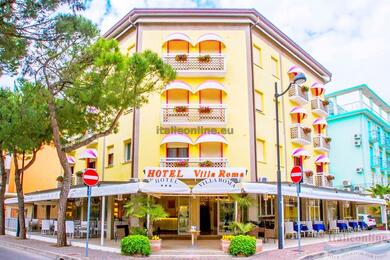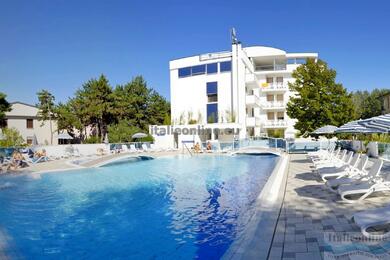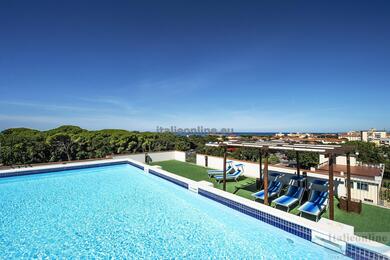In the footsteps of the Romans
Aquileia was originally a Celtic-Venetian settlement called Akilis. It was founded by the Celtic Carnians, a tribe originating from the Alps. However, it was mainly inhabited by the original Veneti (who inhabited a large area of northern Italy as far south as the River Po) and probably also by the Illyrians. In the 2nd century BC the area was taken over by the Romans, who used Aquileia as a military base to defend themselves against possible attacks by barbarian tribes from the north. Due to its location on the banks of the river and only a few kilometres from the sea, it was also the centre of all trade of the Roman Empire with the eastern and northern regions. The Amber Road, which carried amber and other goods from the North Sea region, even ended here.
Aquileia's wealth and status within the Roman Empire was reflected in the magnificentpublic buildings and private residences, many of which have survived as archaeological finds. The 155-hectare archaeological complex includes a forum and basilica, a river port, ancient markets, baths, a theatre, a burial ground, a decumanus (a pair of mutually perpendicular streets), the Titus Macrus Domus and the Domus in the Cal. And what can you look forward to when you visit?
The Patriarchal Basilica
Perhaps the most famous archaeological finds are the early Christian mosaics in the interior of the Basilica of Aquileia - one of the largest and oldest Christian basilicas. Although the original 4th-century structure was largely destroyed by later raids by the Huns and Langobards, the huge mosaic tiles remain. In the 11th century, the basilica was rebuilt on the original old foundations, and a 79-metre-high bell tower was added, which can be seen from several kilometres away.
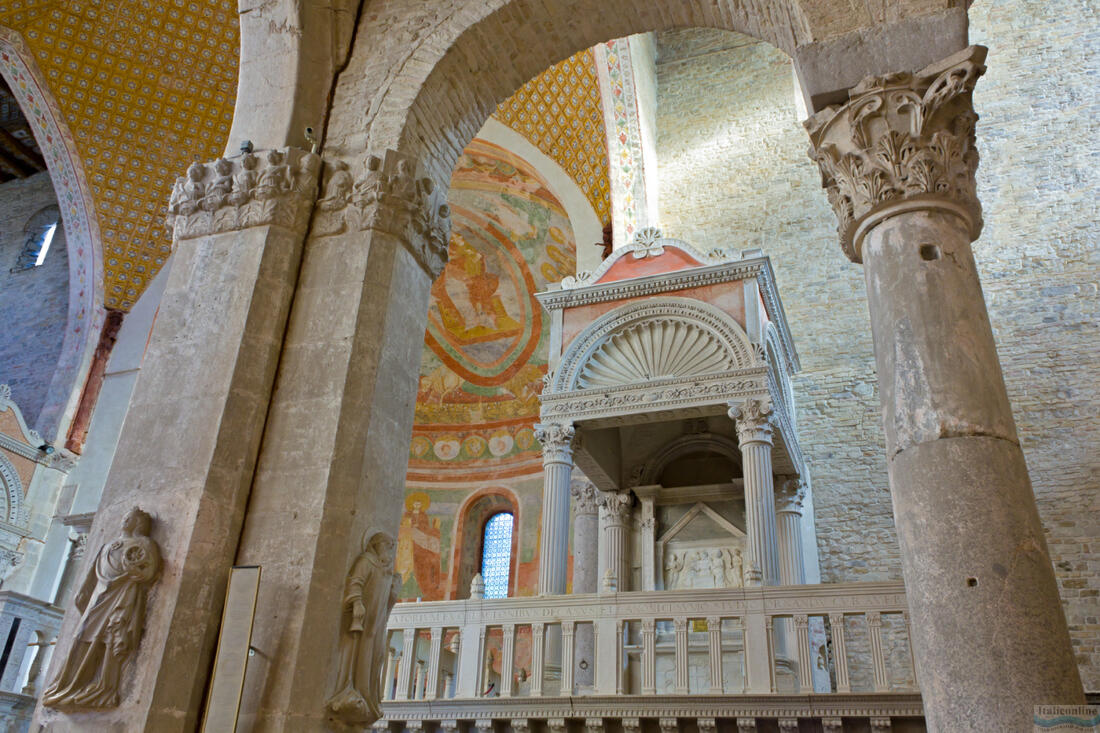
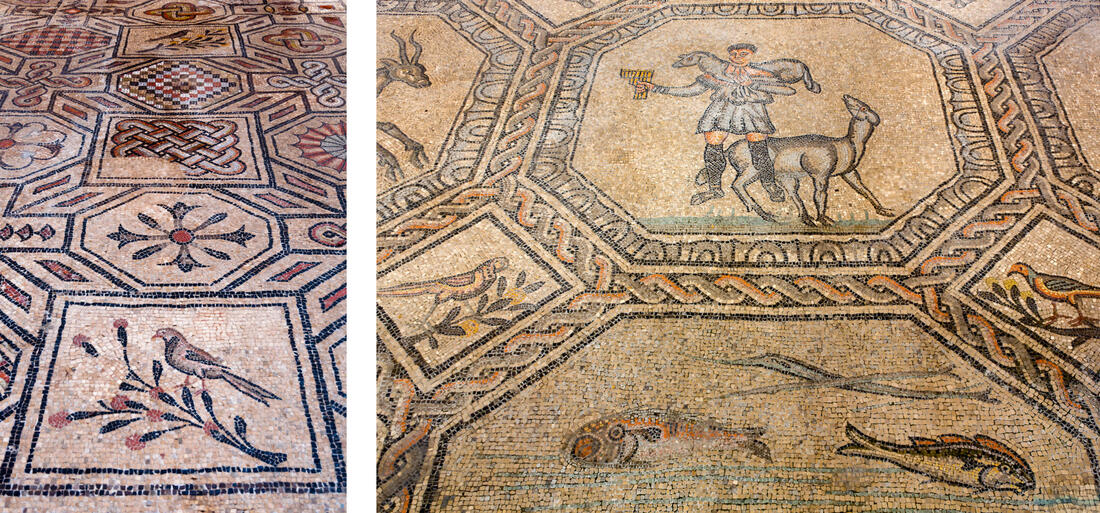
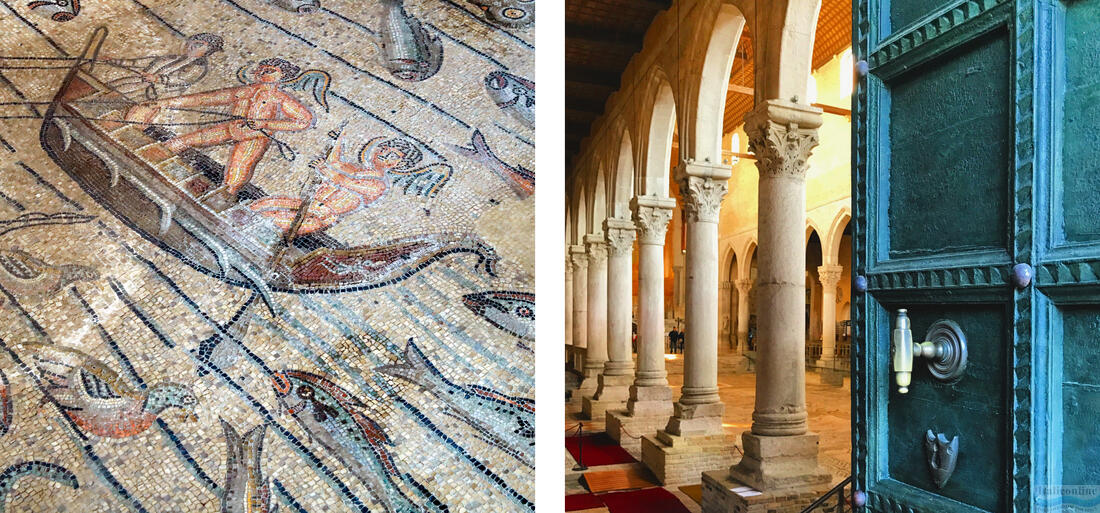
Ancient Roman Forum
Dating back to the 1st century AD, the Forum was the heart of the city's political, administrative and social life. There was a limestone-paved square, surrounded on three sides by buildings and an arcade where shops used to be. It was also the site of the courthouse and the town's cobbled road.
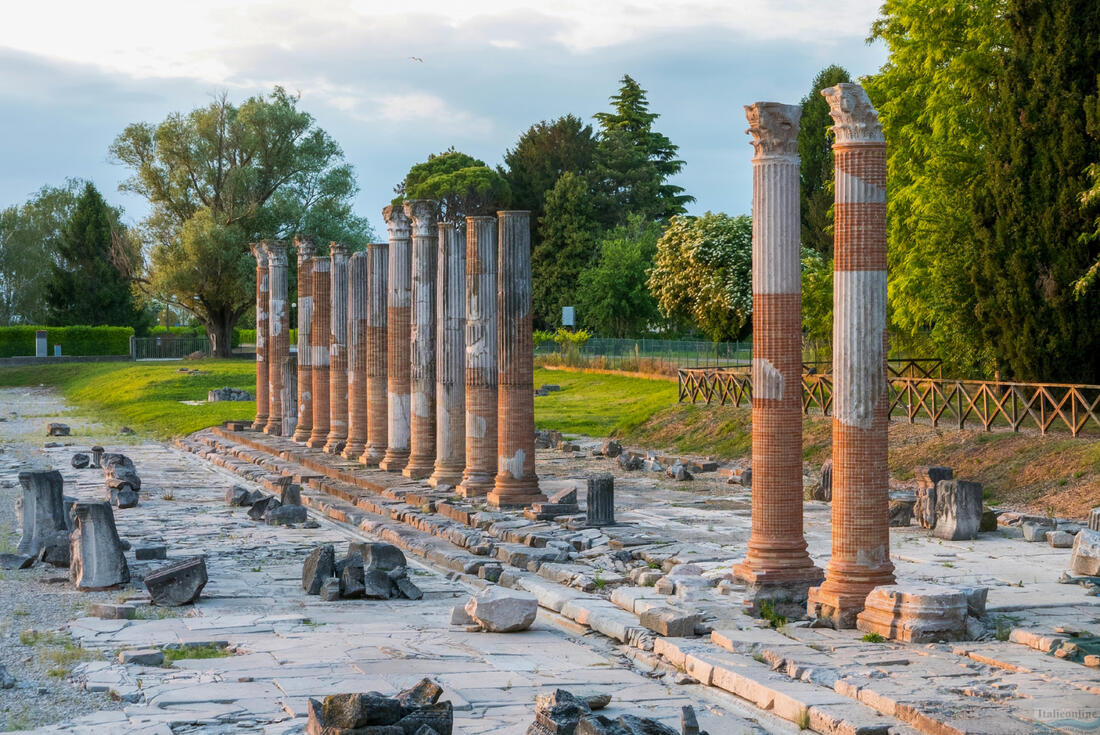
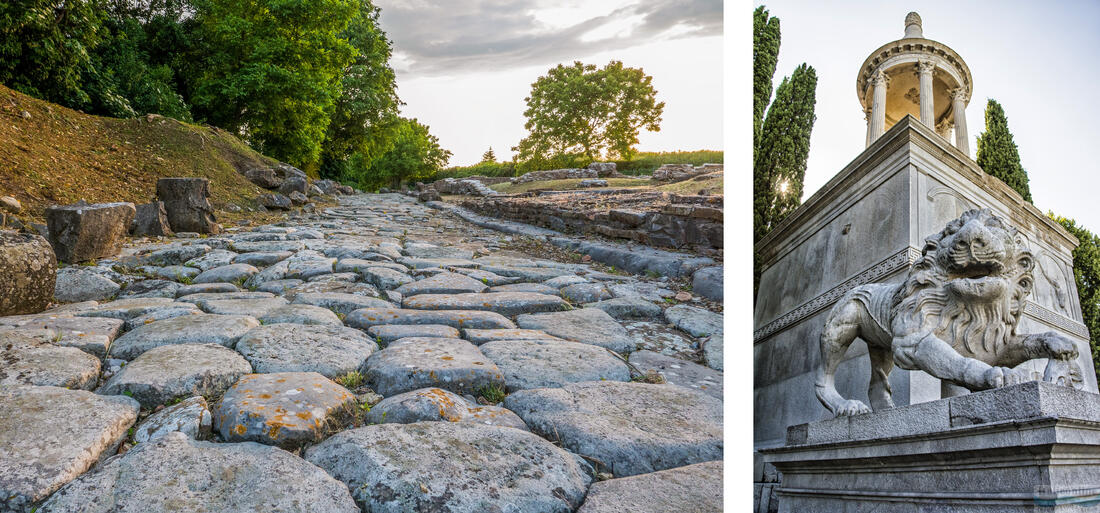
The river harbour
The river used to flow here, almost 50 metres wide. Today, you can take a stroll along the so-called "river port". You can see the remnants of this harbour with its well-preserved quays and wharves, sloping plains and connections to the road ramps.
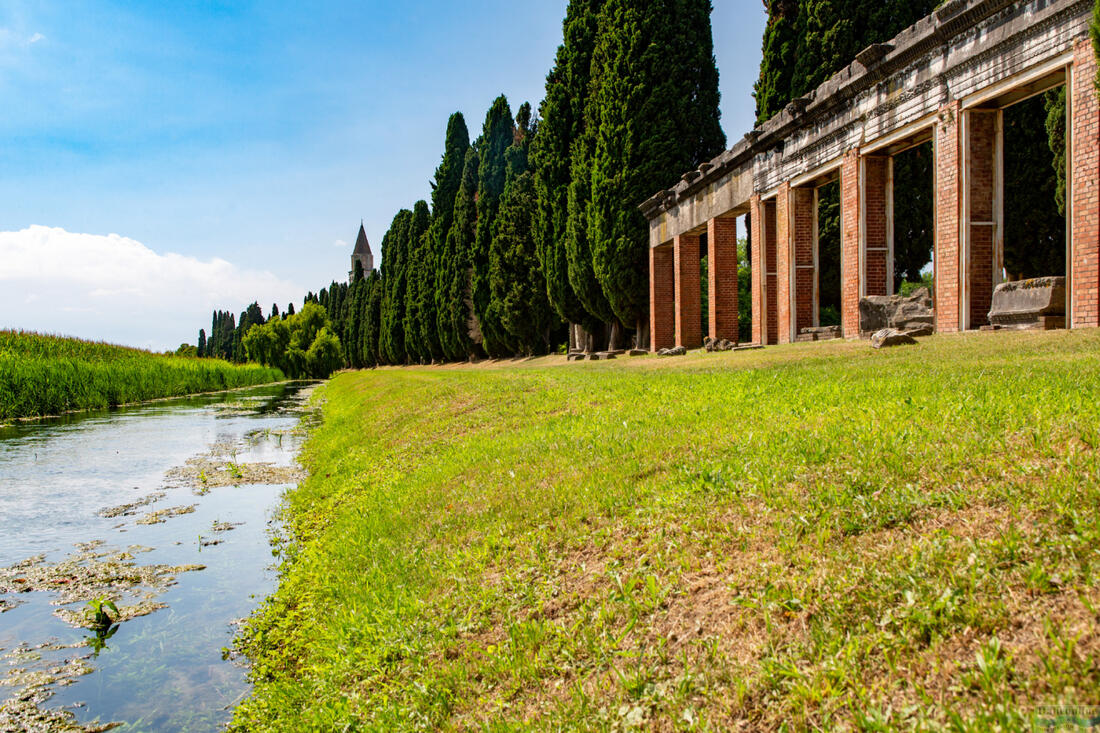

National Archaeological Museum
The Archaeological Museum of Aquileia displays ancient sculptures, ceramics, jewellery made of gold, amber and precious stones, coins and preserved mosaics. This collection of objects from the Ancient Roman period is one of the most extensive on the entire Apennine Peninsula.
In summer, concerts are held in the courtyard of the museum.
To Aquileia for excellent wine and food
aquileia is famous not only for its ancient remains and patriarchal basilica, but also for its production of fine red wine. The most famous of these, the red Refosco dal Peduncolo, was favoured by Roman emperors and is still produced today. You can taste this, as well as other excellent wines such as Cabernet Sauvignon, Cabernet Franc, Merlot, Pinot Grigio and Malvasia, from local winemakers on the Wine Route or in any of the town's wine bars. Wines from this region are among the highest quality and most appreciated. If you have time, a short trip to the Collio wine region is definitely worthwhile. And that you also feel like a bite to eat? Thanks to the proximity to the sea, you will always find fresh fish and seafood in every kitchen here. The local climate is also suitable for growing many types of vegetables, legumes and mushrooms. Poultry delicacies, especially goose and duck, are often on the menu.
did you know?
-in 361, the Emperor Iulianus Apostata besieged the city of Aquileia during the civil war and had the river changed?
-a part of the population that fled Aquileia in the 5th century to escape the Huns settled in a lagoon on the northern coast of the Apennine Peninsula and founded the city of Venice
- just a short distance away is the seaside resort of Grado or the Napoleon Bonaparte-era fortress of Palmanova?


